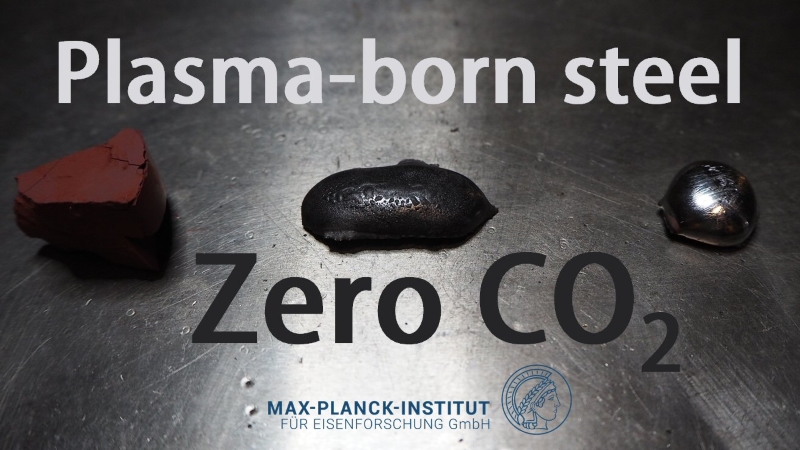- Ruhr-Universität Bochum

Metals Research on Sustainability and a Circular Economy
Since the dawn of mankind, complex materials have been the backbone of human society. Today, they are indispensable in the fields of energy, industry, transportation, health, construction, safety and manufacturing. With >2 billion tons produced every year, particularly metals stand for massive economic growth, job safety and wealth. Due to the sheer quantities produced and used, they also play a central role in sustainability.
Currently, we enter from the age of linear industry into a circular and digitalized economy. This offers huge opportunities to revolutionize the way how production, transport and energy supply work. These changes affect the daily lives of billions of people. Advanced metallic alloys, their production and downstream use, also at large scales, are key to this transition, as they enable a carbon-free, digitalized and electrified industrial and urban future.
Therefore, we devote all our efforts to understand, invent and enable advanced materials and processes for a sustainable and safe future.
More specific, we work on processes, mechanisms and materials for sustainability and a circular economy: The microstructure-centered approach of the department enables us to address and identify pathways towards enhanced sustainability of metallic materials, in areas which include reduced-carbon-dioxide primary production, recycling of metals, scrap-compatible alloy design, contaminant- and hydrogen tolerance of alloys, hydrogen-plasma based reduction, electrolysis for the reduction of oxides and hydrogen-based direct reduction of iron ores. For this purpose we have designed and modified a number of laboratory-scale reactors in which corresponding experiments can be conducted, under well-controlled reactive boundary conditions and temperature control as well as permanent in-operando monitoring through mass spectrometry.
Topics with high activity are currently hydrogen-based direct reduction of iron oxides, hydrogen plasma-based production plus melting of oxides in electric arc furnaces and the design of alloys that can tolerate highest possible scrap and thus impurity fractions.
